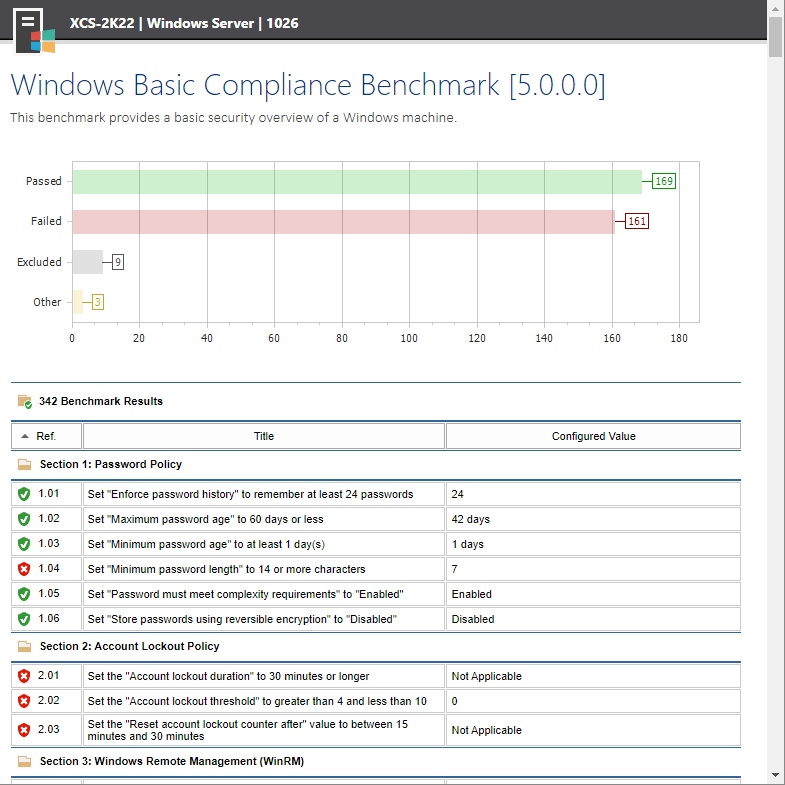
You need to be sure that you’re getting the promised performance and that your hardware can meet the service-level agreements you have with the rest of the business. So how do you get that picture of your hardware? Most benchmarking tools are focused on desktops, and where they do offer server support are not optimised for server workloads.

As infrastructure and applications continue to separate from each other, the role of the infrastructure operations team becomes more, not less, important. Most virtual machine management tools allow you to target VMs at specific hardware, so even if you are treating your data centre as a compute and storage fabric you can put the most demanding applications and services on appropriate systems. Oracle Linux checklist: What to do after installation

This Linux learning path will help you start using the OS like a proītop is a much-improved take on the Linux top command Open-source repository SourceHut to remove all cryptocurrency-related projects But that doesn’t mean you don’t need to understand the hardware you’re running to best target virtual machines and applications. Rather than running one or two applications per box, its racks of servers are hosting entire virtual infrastructures as part of private or hybrid clouds. The modern data centre is a very different place from a decade or so ago. DISKSPD can provide valuable insights into how it performs under different workloads.

Storage is a vital component of a modern server. This open-source Microsoft benchmark is a powerful server testing tool


 0 kommentar(er)
0 kommentar(er)
